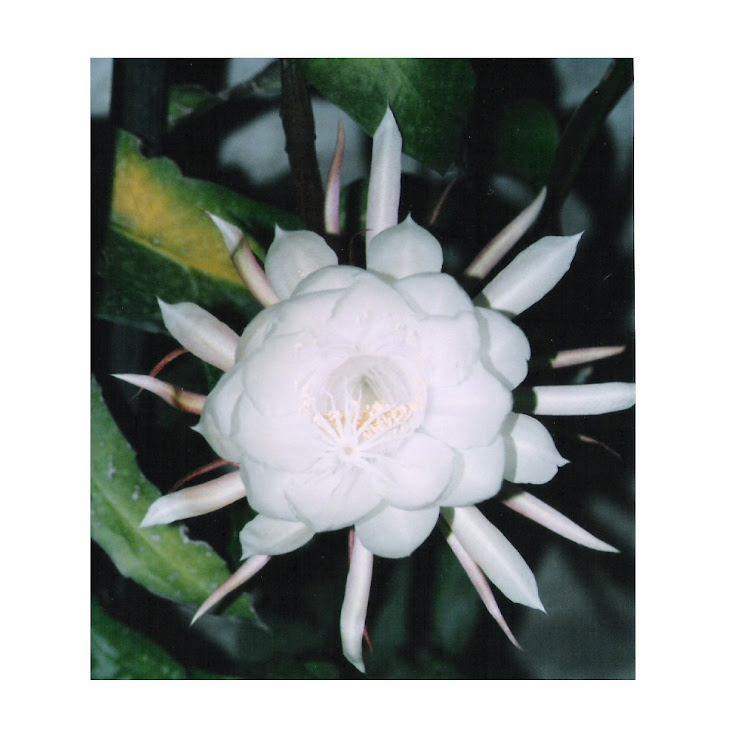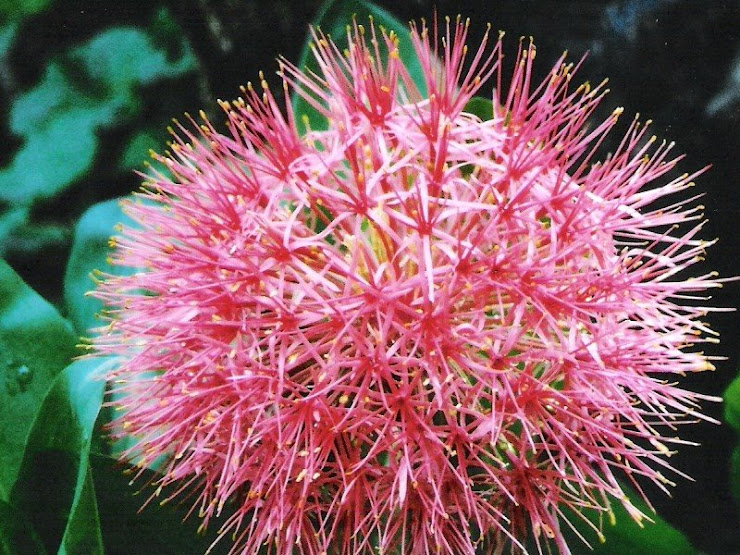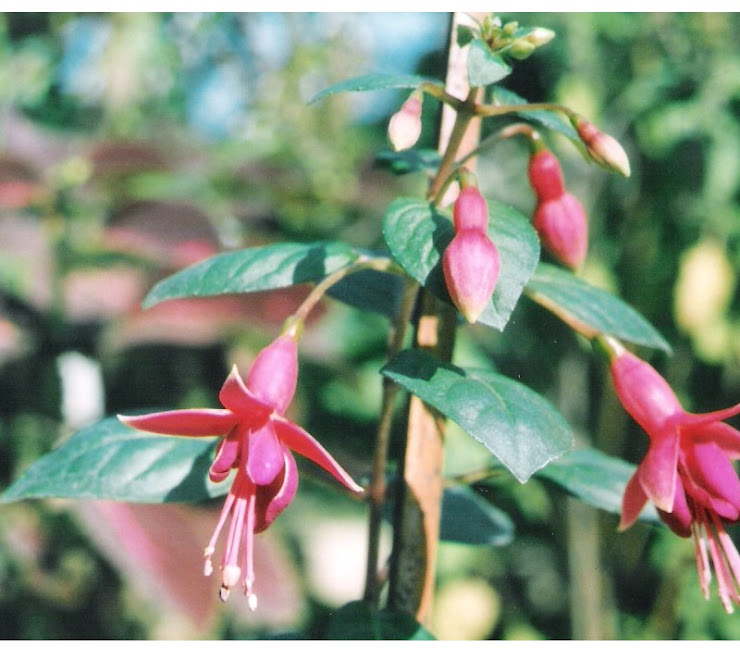OUTDOOR
PLANTS
All outdoor plants require at least
5-6 hours of direct sunlight a day to remain healthy, retain their colour,
fruit and flower. Depending on the type of plant, remember to place it in an
appropriate position where plenty of sunlight is available.
While
watering plants, keep a few things in mind:
Check soil for moisture, if moist
watering is not required. If you do expect a hot day ahead then you could give
it a bit of a sprinkle.
Make sure the soil is never left soggy
for long periods letting it dry between watering. This will prevent the plants
from rotting due to suffocation. Plants like cactus need to be watered once in
a week and placed in full sun
The best time to water plants is in
the morning, before the sunlight is at its strongest intensity as this is the
optimum condition for plants to photosynthesize.
If plants have plastic trays beneath
them, make sure there is no standing water in the tray as this could inhibit
air flow to the roots. Once watered, make sure the tray is emptied of standing
water and placed back. Standing water can cause mosquitoes to breed and results
in over watering of the plants.
Make sure to thoroughly clean plants
up to twice a week to keep them dust free. Dust interferes with the breathing
of the plants and if not cleaned, plants appear dull and tend to wilt.
Re-Potting
All potted plants need to be re-potted at least once a year to maintain stable growth and luster. Some slow growing plants may take longer; hence pay attention to your plants. Some signs to look out for are:
All potted plants need to be re-potted at least once a year to maintain stable growth and luster. Some slow growing plants may take longer; hence pay attention to your plants. Some signs to look out for are:
Roots are visibly sticking out from
the bottom of the pot as well as the surface.
Soil surface looks depleted of soil.
There is no space for you to apply any
additional fertilizer.
The plant may look wilted and sick.
In that case, you must remove the
plant from its pot and trim the roots. Be careful while doing this as some
plants may suffer shock and not recover. Ideally, plants should be placed in a
larger pot (approximately 2-4 inches larger) or the ground. Prune and re-pot
the plant, making sure you have added a good amount of fertilizer. After
re-potting, water the plant thoroughly and place under shade for two days till
it settles and then reintroduce it to its desired location.
Fertilizing
It is mandatory that all plants be fertilized once a month. Make sure they are supplied a balanced diet of NPK- Nitrogen, Phosphorous and Potassium or any well-decomposed organic fertilizer.
Create a ring around the plant.
Dig about 2-3 inches in and sprinkle
some fertilizer.
Cover it back with soil and then
water.
For leaf shine and brightness, a
weekly routine of spraying any organic liquid or soil fertilizer is advised.
Trimming and Pruning
Pruning is a horticultural practice that involves the removal of certain unwanted, diseased, non-reproducing parts of a plant. It is advised according to a particular plant's growth habit. While pruning, keep the following points in mind:
Is it flowering time of the plant in
question?
If it is, then wait until it is done
flowering and then continue to prune.
How much you need to prune will depend
on how much you expect it to grow within a certain period. For example if you
decide to drastically prune your bougainvillea, it will be another 6-10 months
before you see in a lush bushy flowering state.
Pruning must be done systematically. A
good method is to trim the young, wild, out of shape branches before you tackle
the older, more established ones. In this way you give the plants a better form
as it grows to increase its overall aesthetic appeal. It is advised that the
cutters have sharp blades or else they could damage the plant creating and open
wound susceptible to fungal and rust diseases.
INDOOR
PLANTS
All
indoor or semi-shade plants as they're more commonly called, require a minimum
of 2-3 hours of light. It is suggested that early morning or late evening
sunlight, or at least a good amount of reflected light from a nearby window is
optimum for indoor plants.
Depending on placement, water semi-shade plants every alternate day. Again, this is not a rule of thumb as different plants have different needs; thus watering schedules should be arranged accordingly. Many factors like wind intensity, amount of light, daytime temperature, among others, have a considerable effect on the plant. Orchids for example, need to be watered at least twice a day and up to three times on really hot days, as with many fern varieties.
As leaves are severely light-responsive, it is important to change the orientation of plants from time to time to promote even growth. Upward turned leaves are a good indication of this, especially for the Fittonia plant.
Try and study the growth habit of your plant, for example, notice how they reproduce. Ferns, in this case produce spores on the underside of their leaves. These spores resemble little brown dots in appearance and most lead people to believe it is a pest infection. Unnecessary spraying should be avoided.
Semi-shade plants are comparatively hardier, so their maintenance isn't as delicate. Most semi-shade plants tend to have a creeping habit and thus need to be supported. Coconut husk sticks are a great durable and environmentally friendly option available at Green Grower.
Semi-shade plants that have hairy leaves like the African Violet can be watered from the plate below to avoid the unnecessary wetting of leaves which leads to rotting. However, make sure you constantly keep dust off leaves by washing or dusting them at least twice a week.
Clean plants thoroughly with water spray three times a week.
Fertilizer in solid form can be added once a month and in liquid form once a week to maintain leaf luster.
Regularly clean any dead or yellowing leaves from the plant to maintain its aesthetic value.
Common sucking pest infestation includes meal bugs, scale, spider mite and white fly.
Depending on placement, water semi-shade plants every alternate day. Again, this is not a rule of thumb as different plants have different needs; thus watering schedules should be arranged accordingly. Many factors like wind intensity, amount of light, daytime temperature, among others, have a considerable effect on the plant. Orchids for example, need to be watered at least twice a day and up to three times on really hot days, as with many fern varieties.
As leaves are severely light-responsive, it is important to change the orientation of plants from time to time to promote even growth. Upward turned leaves are a good indication of this, especially for the Fittonia plant.
Try and study the growth habit of your plant, for example, notice how they reproduce. Ferns, in this case produce spores on the underside of their leaves. These spores resemble little brown dots in appearance and most lead people to believe it is a pest infection. Unnecessary spraying should be avoided.
Semi-shade plants are comparatively hardier, so their maintenance isn't as delicate. Most semi-shade plants tend to have a creeping habit and thus need to be supported. Coconut husk sticks are a great durable and environmentally friendly option available at Green Grower.
Semi-shade plants that have hairy leaves like the African Violet can be watered from the plate below to avoid the unnecessary wetting of leaves which leads to rotting. However, make sure you constantly keep dust off leaves by washing or dusting them at least twice a week.
Clean plants thoroughly with water spray three times a week.
Fertilizer in solid form can be added once a month and in liquid form once a week to maintain leaf luster.
Regularly clean any dead or yellowing leaves from the plant to maintain its aesthetic value.
Common sucking pest infestation includes meal bugs, scale, spider mite and white fly.
Use
a spray of Fenevelrate + Chlrophos or Fenvelrate + Chlropiryphos (CPP) at the
reate of 10 ml per liter once a month.







No comments:
Post a Comment